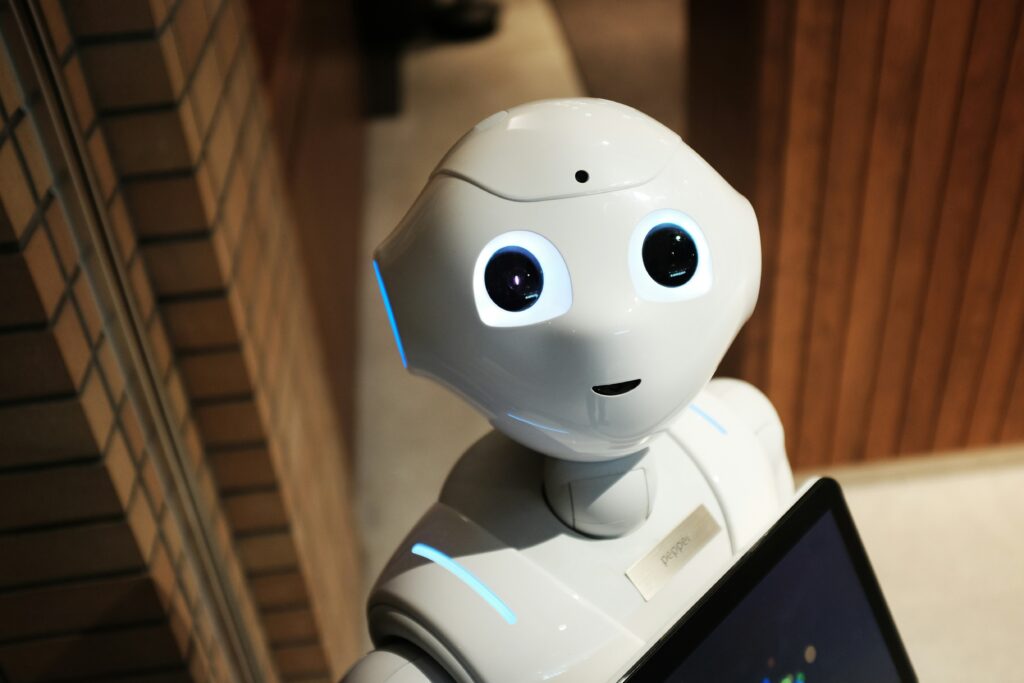Revolutionary Tools Redefine Creative Production
Recent breakthroughs in generative AI models, such as advancements in multimodal AI, have significantly lowered the barrier to entry for complex creative tasks. Platforms leveraging large language models (LLMs) and diffusion models now enable users to generate high-quality images, videos, and even interactive experiences from simple text prompts. This past year, we’ve seen an explosion of tools like Midjourney, Stable Diffusion, and OpenAI’s Sora, pushing the boundaries of what automated creative processes can achieve. These innovations, often updated monthly, signify a pivot towards AI becoming an active co-creator, not just a utility.
Accelerated Growth and Industry Validation
According to a recent report by a leading tech research firm, the global generative AI market in creative sectors is projected to grow exponentially, with an estimated Compound Annual Growth Rate (CAGR) exceeding 30% over the next five years. Industry analysts highlight that companies adopting these Intelligent AI Systems are reporting significant increases in content production efficiency and reduced time-to-market. For instance, a statement from a prominent film studio’s innovation lead noted, "AI-powered tools are dramatically accelerating our pre-production phase, allowing artists to iterate on concepts at an unprecedented pace, freeing them to focus on high-level creative direction rather than repetitive tasks." This shift isn’t about replacing human creativity but augmenting it. For further insights into specific AI applications, read ByteTechScope’s recent analysis on AI in Enterprise Solutions.
Navigating Impact and Ethical Crossroads
The impact on creative industries is multifaceted. For individual artists and small studios, AI acts as a powerful assistant, democratizing access to tools previously requiring extensive technical skills or large budgets. Musicians can use AI to generate melodies or arrange compositions, while graphic designers can rapidly prototype concepts or create variations of branding elements. Filmmakers are exploring AI for everything from scriptwriting assistance to generating realistic visual effects and even character animation. However, this transformation isn’t without its challenges. Concerns around intellectual property, the ethical use of AI-generated content, and potential job displacement are hotly debated. The need for robust legal frameworks and industry-wide guidelines is becoming increasingly apparent as these technologies mature. More details on the growth of generative AI can be found in this TechCrunch report.
The Future of Human-AI Creative Synergy
Looking ahead, experts predict that Intelligent AI Systems will continue to evolve, becoming even more sophisticated and integrated into every layer of the creative pipeline. Dr. Anya Sharma, a renowned AI ethicist and professor at the MIT Media Lab, recently commented, "The future of creativity will likely be a hybrid model, where human ingenuity and AI collaboration are indistinguishable. We will see AI moving beyond generation to become truly assistive in concept development, emotional understanding, and even personalized content delivery." The next wave could involve AI generating entire interactive worlds or personalized narratives that adapt to individual user preferences in real-time. This integration promises a future where creative expression is limited only by imagination, with AI as an indispensable partner.
Conclusion: A New Era of Artistic Potential
The advent of Intelligent AI Systems is not merely a technological upgrade but a fundamental redefinition of creative work. While questions remain regarding ethics and intellectual property, the undeniable potential for innovation, efficiency, and new artistic frontiers is immense. As these intelligent systems continue to learn and evolve, their role as catalysts for creativity will only grow, promising an exciting, albeit complex, future for every creative discipline.

